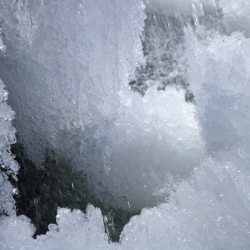
A species of midge was able to release large volumes of nutrients into the soil, changing the way native species had lived and evolved, a UK team found. They added the species was well-suited to thrive in the extreme conditions. Details of the research were presented at the British Ecological Society’s annual meeting in Birmingham.
A team from the British Antarctic Survey said the invasive species, the non-biting midge Eretmoptera murphyi, effectively removed one of the brakes on the way that the native community had developed.
"In terms of function, their job is litter turnover – they help things decay in the soil – and the population density of this thing in the area where it has been introduced is responsible for more litter turnover than the community that was already there," explained co-presenter of the research Peter Convey, of the British Antarctic Survey.
"So basically it is bringing a function into an ecosystem that is not very active already. In principle, it can be a fundamental change in the way that ecosystem works."
